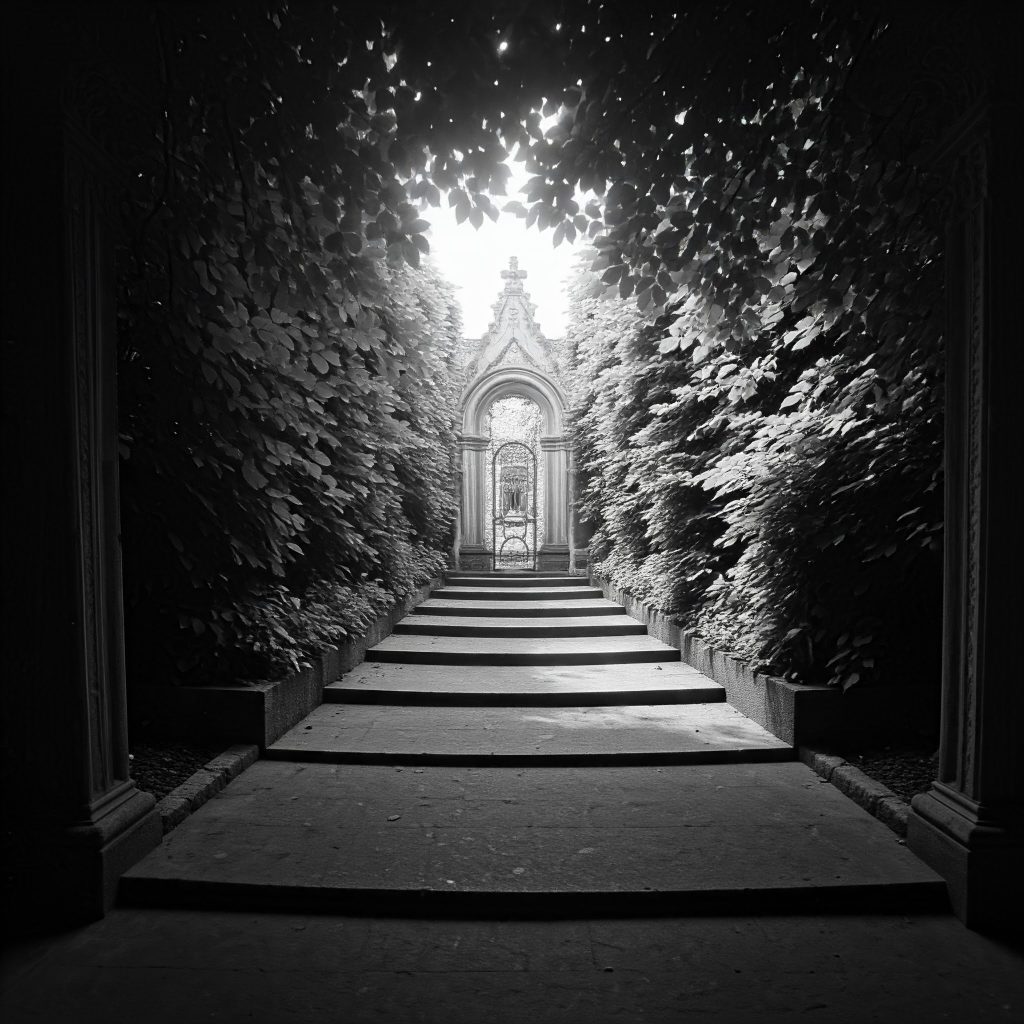Exploring the Power of Place: A Look at the Design of Meaningful Burial Spaces
The mist clung to the air, a spectral shroud draped over Highgate Cemetery in London. As Will Hunter ventured deeper into the labyrinthine paths, the silence was punctuated only by the distant caw of a crow and the rhythmic drip of rain from an ancient oak. Towering Gothic tombs, adorned with gargoyles and mournful angels, cast long, eerie shadows across the moss-covered pathways. This was no ordinary graveyard; it was a testament to Victorian fascination with death, a place where the macabre and the sublime intertwined.
.
Will, a budding architectural historian, had come to Highgate seeking not just a glimpse into the past but an understanding of how burial spaces reflect our deepest cultural anxieties and aspirations. He was drawn to the cemetery’s deliberate orchestration of light and shadow, the way the dense foliage created pockets of eerie calm amidst the grandeur of the mausoleums. It was clear that Highgate was more than just a burial ground; it was an architectural statement, a reflection of Victorian society’s fascination with the afterlife and its preoccupation with mortality.
.
A local historian, noticing Will’s keen observation, approached him. “Highgate wasn’t just a place to bury the dead,” she explained, her voice a hushed whisper that seemed to respect the solemnity of the surroundings. “It was a Victorian garden cemetery, a movement that sought to transform burial grounds from grim, utilitarian spaces into places of beauty and contemplation.”
.
The influence of the Romantic movement was evident everywhere. The winding paths, inspired by English landscape gardens, were designed to evoke a sense of tranquility and introspection. The lush greenery, a deliberate counterpoint to the starkness of death, offered a sense of hope and renewal. Highgate, in essence, sought to reconcile the morbid with the beautiful, to offer a place of solace for the living while honoring the memory of the departed.
.
Will, intrigued, delved deeper into the history of burial spaces around the globe. He learned about the Forest Cemetery in Stockholm, a masterpiece of Scandinavian design. Gunnar Asplund and Sigurd Lewerentz, the architects behind this groundbreaking project, seamlessly integrated the cemetery into the surrounding forest, blurring the lines between the built and the natural environment. The unassuming chapels and naturalistic landscaping offered a quiet humility, emphasizing the return to the earth, a philosophy deeply ingrained in Scandinavian culture.
.
In Japan, the concept of burial spaces took on a profoundly spiritual dimension. Will read about the Okunoin Cemetery, nestled deep within the mystical Koya-san mountain range. Towering cedar trees guarded ancient tombstones, creating an atmosphere of profound reverence. The very act of navigating the labyrinthine paths through the ancient forest became a meditative journey, reflecting the Buddhist principles of impermanence and interconnectedness.
.
As dusk began to settle, casting long shadows across the cemetery, Will realized that burial spaces transcended their utilitarian purpose. They were more than just places to bury the dead; they were powerful reflections of cultural beliefs, artistic expressions, and philosophical musings on life, death, and the enduring human spirit. They were spaces where the living grappled with mortality, found solace in nature, and perhaps even glimpsed a glimpse of the eternal.
.
Leaving Highgate, Will carried with him a deeper understanding of the profound impact of burial spaces on human consciousness. He realized that these sacred sites, often overlooked in our daily lives, offered invaluable insights into our history, our culture, and our enduring fascination with the mysteries of existence.
Learning Points:
- The Cultural Significance of Burial Spaces: Understanding how burial spaces reflect cultural beliefs, social values, and spiritual traditions across different societies.
- The Role of Design in Commemoration: Exploring how architectural and landscape design elements can create meaningful and evocative burial spaces that honor the deceased and provide solace to the bereaved.
- The Intersection of Nature and Mortality: Examining how incorporating natural elements into burial spaces can foster a sense of connection to the natural world and offer a sense of peace and tranquility.
- The Evolving Landscape of Burial Practices: Exploring contemporary approaches to burial spaces, including green burials, columbariums, and virtual memorials, and their implications for the future.
- The Role of Burial Spaces in Community: Understanding how burial spaces can serve as places of reflection, remembrance, and community gathering, fostering a sense of connection to the past and the future.
Keywords:
- Burial Spaces
- Cemetery Design
- Funeral Architecture
- Landscape Architecture
- Memorial Gardens
- Death and Dying
- Cultural Anthropology
- Religious Beliefs
- Spiritual Landscapes
- Environmental Art
- Sustainability
- Grief and Mourning
- Art and Death
- Historical Preservation
This fictional story is set within the dreams of Will Hunter, a character created to explore the intersection of imagination and design. Dive into his dreamscape and discover how storytelling can illuminate real-world lessons in architecture and creativity.
Some of the links on this website may be affiliate links. This means that if you click on the link and make a purchase, we may receive a small commission. We only recommend products and services that we genuinely believe will be beneficial to our readers.



